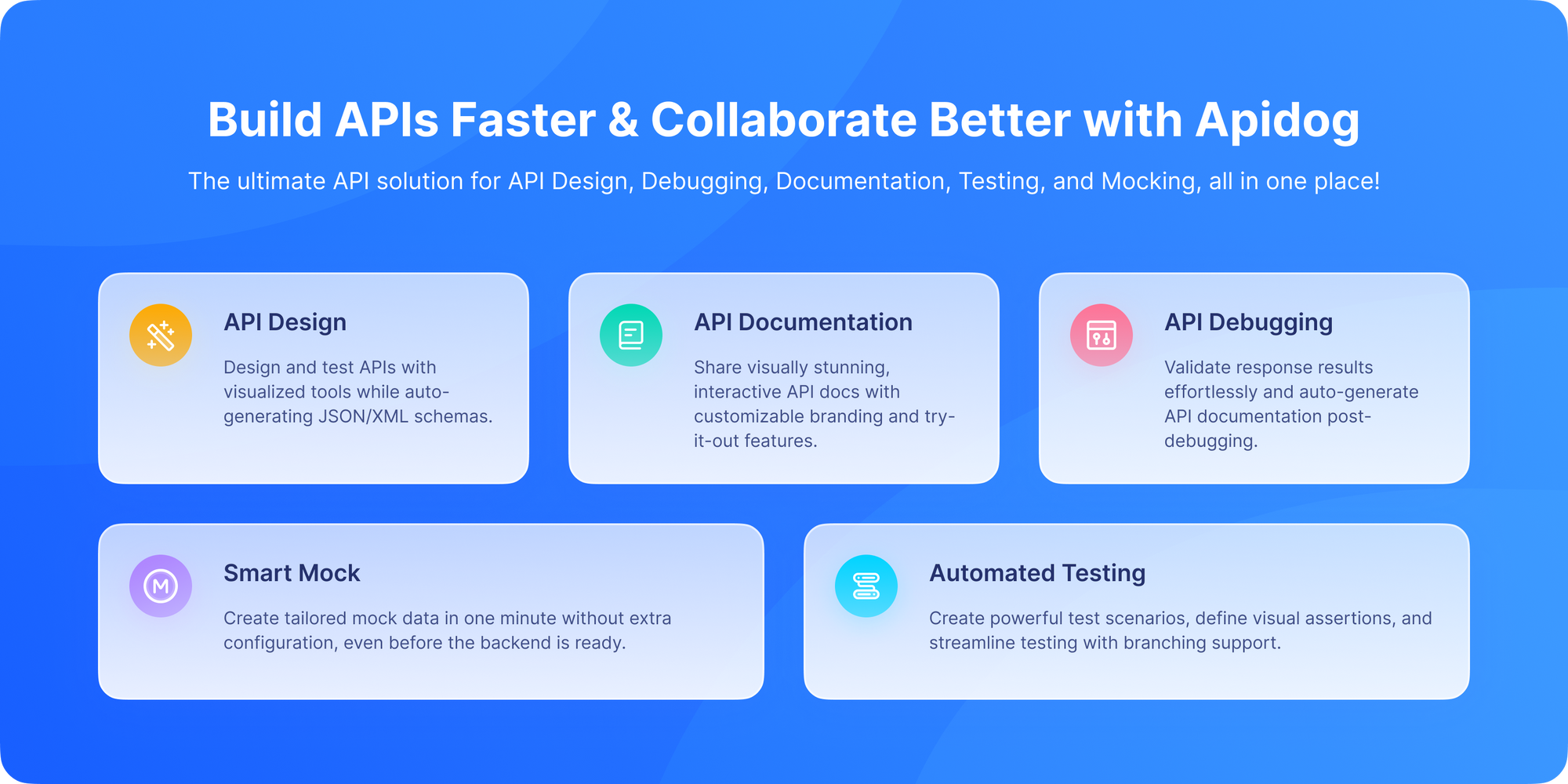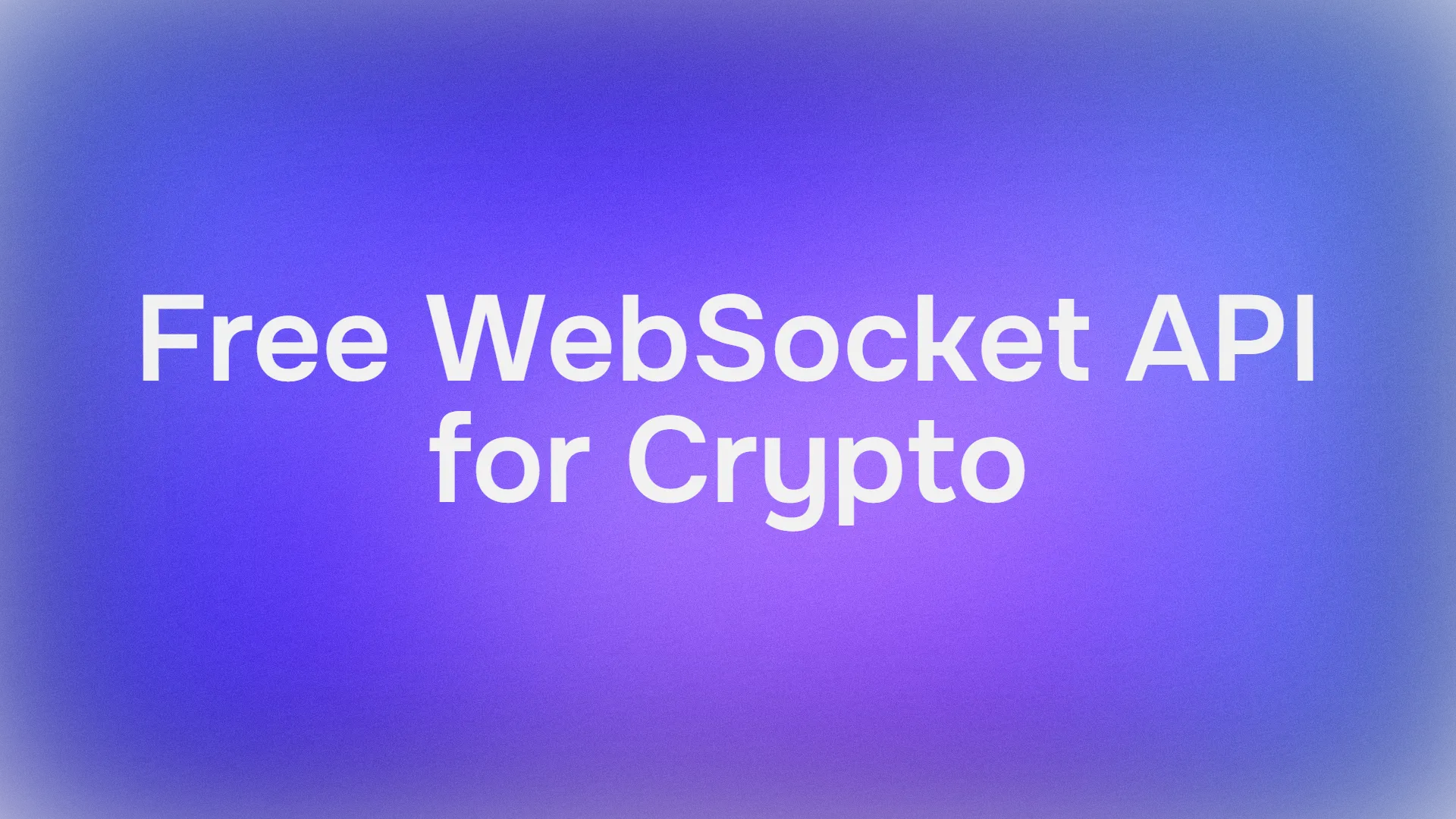You're trying to download a large file that you've downloaded before maybe a software update or a game patch. In the old days of dial-up internet, this was a nightmare. You'd spend hours downloading the same multi-megabyte file, even if only a few kilobytes had actually changed. Every byte cost time and money.
What if the server could be smart enough to say, "Hey, I know you already have version 1.0 of this file. Here's just the difference between 1.0 and 1.1. You can patch it yourself."?
This brilliant idea, which would have saved millions of hours of download time, is the foundation of one of HTTP's most ambitious and ultimately unused status codes: 226 IM Used.
This status code is a relic of a potential future for the web a future that prioritized extreme bandwidth optimization above all else. It represents a fascinating "what if" scenario in the evolution of the internet.
If you're interested in the history of web protocols, optimization tricks, and the stories behind the codes you'll never see, then 226 IM Used is a hidden chapter worth reading. It might seem obscure at first but holds an important place in optimizing web communication, especially when it comes to efficient transfers involving delta encoding.
In this blog post, we’ll explore everything you need to know about the 226 IM Used status code in a friendly and conversational way. We’ll discuss what it is, why it exists, how it works, where you might encounter it, and why it’s valuable. Plus, if you want to test APIs and better understand HTTP responses including 226 IM Used you should definitely download Apidog for free. Apidog is a fantastic API testing and documentation tool that makes working with all kinds of status codes smoother and more effective.
Now, let’s break down everything you need to know about status code 226 IM Used.
Setting the Stage: The Dial-Up Dilemma
To understand the purpose of 226, we must travel back to the internet of the late 1990s and early 2000s. Bandwidth was a precious commodity. Downloading a single MP3 song could take 30 minutes on a 56k modem. Large downloads were a major pain point.
The problem was simple: Why transfer the entire file when only a small part has changed?
This concept is called delta encoding. You have an original file (A). A new version of the file exists (B). Instead of sending the entire B file, you calculate the "delta" (Δ) the set of changes needed to turn A into B. You then send only this much smaller delta. The client, which already has file A, can apply the delta to reconstruct file B locally.
This isn't a new concept. Version control systems like Git and SVN use this principle every time you pull updates. The 226 IM Used status code was an attempt to build this principle directly into the HTTP protocol itself.
What Is HTTP Status Code 226 IM Used?
The HTTP status 226 IM Used indicates that the server has fulfilled a GET request for the resource, and the response is a representation of the result of one or more instance-manipulations applied to the current instance. This means the returned content has been modified or transformed according to some delta encoding or content manipulation.
The “IM” in the status stands for Instance Manipulations, which are modifications applied partially or fully to the resource during transfer.
In simpler terms:
- The client asked for a resource.
- The server didn’t just return it, it applied a transformation or modification first.
- The result is sent back with status
226 IM Used.
Simply put, the server is telling the client: “Here’s the resource you requested, but instead of sending you the whole thing, I’ve sent you a customized, manipulated version that applies changes or deltas.”
Where Does 226 IM Used Come From?
The 226 status code was introduced in HTTP/1.1 as part of the Delta Encoding in HTTP specification (RFC 3229). The goal? To improve HTTP efficiency by allowing servers to send deltas or transformations of a resource instead of the full resource every time. Delta encoding is an optimization technique that helps reduce bandwidth by sending only differences between versions of a resource, rather than sending the entire content every time.
For example:
- Instead of sending a huge file again, the server might send just the difference (a delta) between versions.
- Or it could send a compressed version of the resource.
This saves bandwidth, speeds up responses, and makes HTTP more flexible.
This status code is particularly useful in applications where resources update frequently, such as collaborative editing tools, content synchronization apps, and version control systems.
The Mechanics: How It Was Supposed to Work
The process would have been a complex handshake between a delta-aware client and a delta-aware server.
1. The Client's First Request (The "I'm Delta-Capable" Signal)
A smart client would announce its support for delta encoding by sending a special header in its very first GET request for a resource.
GET /large-file.zip HTTP/1.1Host: example.comA-IM: vcdiff, diffe, gzip
The A-IM (Accept-Instance-Manipulation) header is the client saying, "I understand these delta formats (vcdiff – a binary delta format, diffe – a simple diff, gzip for compression). If you can send me a delta instead of the whole file, please do."
2. The Server's First Response
On this first request, the server likely has no idea what version the client has (which is none). It would just send the full file, but it would include a crucial piece of metadata:
HTTP/1.1 200 OKContent-Type: application/zipIM: vcdiffETag: "v2.1"Delta-Base: "v2.0"
[...full content of large-file.zip...]
IMHeader: Tells the client which delta format it uses (vcdiff).ETagHeader: A unique identifier for this specific version of the resource. This is the version number ("v2.1").Delta-BaseHeader: This is the really clever part. It tells the client which previous version ("v2.0") this new version is based on. The client will store this file and remember that it is now "v2.0".
3. The Client's Second Request (The "Give Me the Delta" Request)
Later, the client wants to check for an update. It now knows the server's delta format and the version it has. It can make a super-smart request:
GET /large-file.zip HTTP/1.1Host: example.comA-IM: vcdiffIf-None-Match: "v2.0"
This request says: "I already have version 'v2.0'. If it hasn't changed, give me a 304. If it has changed, and you can give me a vcdiff delta to transform my 'v2.0' into the new version, please do that."
4. The Server's 226 Response
The server finds that the current version is now "v2.2", and it knows how to create a delta from "v2.0" to "v2.2". Instead of sending the multi-megabyte file, it sends a tiny delta.
HTTP/1.1 226 IM UsedContent-Type: application/vcdiffIM: vcdiffETag: "v2.2"Delta-Base: "v2.0"
[...tiny vcdiff delta patch...]
The client receives this small patch, applies it to its local copy of "v2.0", and seamlessly reconstructs "v2.2", saving a massive amount of bandwidth.
For example, suppose you’re using a document editing app where multiple users update a document continuously. Instead of sending the entire document every time, the server sends just the changes (deltas) along with a 226 response.
Why Is 226 IM Used Important?
The 226 IM Used status code brings several significant benefits:
- Bandwidth savings: Only changes are sent, minimizing data transfer.
- Faster updates: Transmitting smaller changes speeds up synchronization or refresh.
- Improved efficiency: Both server and client reduce workload compared to full transfers.
- Supports advanced web apps: Enables better version control, collaborative editing, and real-time updates.
Without 226, clients would need to keep downloading the entire resource for every change, which could be inefficient and slow.
Why You've Never Seen a 226 in the Wild
This is a brilliant idea in theory. So why did it fail to take over the world?
- Extreme Complexity: Implementing this correctly on both the client and server side is very difficult. The server must store every historical version of every file to generate deltas for any client, which is a huge storage overhead.
- The Rise of Compression: General-purpose compression (like
gzip, nowbrotli) became widespread and "good enough" for most text-based resources (HTML, CSS, JS), providing significant savings without the complexity of deltas. - The CDN Revolution: Content Delivery Networks (CDNs) solved the speed problem by caching files geographically closer to users, making the initial download faster and reducing the perceived need for deltas.
- Application-Level Updates: Software updaters (like for Windows, Chrome, or games) implemented delta updates at the application level, not the HTTP level. They have more control and context (e.g., knowing exactly which version the user has) than a generic web server ever could.
- Lack of Browser Support: Major browsers like Chrome and Firefox never implemented support for the
A-IMheader or226responses. Without client-side support, server-side implementation was pointless.
Common Use Cases of 226 IM Used
While less common in general web browsing, 226 IM Used finds its niche in advanced web applications such as:
- Content management systems: Transmit only changes to documents or pages.
- Collaborative editing platforms: Google Docs-style apps where multiple editors work simultaneously.
- Cloud storage synchronization: Apps like Dropbox syncing just file diffs.
- Version control systems: Efficiently communicating file changes over HTTP.
If you build or maintain apps that require efficient resource updates, supporting and understanding 226 IM Used is crucial.
Real-World Use Cases of 226 IM Used
While not common, 226 IM Used can be helpful in:
- Delta updates for large files
- Instead of resending a 100 MB file, the server sends only a 2 MB difference.
2. Optimized API responses
- A server might return compressed or filtered results.
3. Content delivery optimization
- CDNs could use 226 to indicate transformations (like resizing images).
4. Collaborative editing tools
- Applications where files are frequently updated benefit from delta encoding.
Examples of 226 Responses in Action
Example 1: Delta Update
GET /document.txt HTTP/1.1
IM: vcdiff
Response:
HTTP/1.1 226 IM Used
Content-Type: text/plain
IM: vcdiff
@@ -1,3 +1,3 @@
-Hello World!
+Hello Developers!
Example 2: Compressed Resource
GET /data.json HTTP/1.1
IM: gzip
Response:
HTTP/1.1 226 IM Used
Content-Encoding: gzip
Content-Type: application/json
IM: gzip
Structure of a 226 Response
A typical 226 response looks like this:
HTTP/1.1 226 IM Used
Content-Type: text/plain
IM: vcdiff
Here are the differences between your cached version and the current version.
Key points:
- The
IMheader specifies the manipulation method (e.g.,vcdifffor delta encoding). - The body contains the manipulated resource.
The Legacy of 226: Inspiration for Modern Optimization
While 226 IM Used itself is a historical footnote, its spirit lives on in modern development practices:
- Code Splitting in Web Bundles: Modern JavaScript bundlers like Webpack break code into chunks. When you update an app, you only download the chunks that changed, not the entire bundle. This is delta encoding by another name.
- Asset Caching and Fingerprinting: We use techniques like adding a hash to filenames (
style.a1b2c3.css) to ensure browsers only download a file when its content actually changes. This is a simpler, more robust way to achieve a similar goal. - API Pagination: Using
?offset=100&limit=50to get the next "delta" of data from a large collection is a form of instance manipulation.
How Clients Should Handle 226 Responses
When a client receives a 226 IM Used response, it should:
- Recognize that the payload is a delta or manipulated instance.
- Use the instructions in the response to reconstruct the full resource.
- Cache previous versions as needed to apply deltas.
- Support necessary headers like “IM” to negotiate instance manipulations.
- Avoid interpreting the response as a complete standalone resource.
Proper handling ensures bandwidth savings and consistent, updated content.
Benefits of Using 226 in the Right Context
- Efficiency: Saves bandwidth by sending only differences.
- Performance: Faster responses for large resources.
- Flexibility: Supports multiple manipulation methods.
- Scalability: Useful for APIs with high traffic or large datasets.
Challenges When Working with 226 IM Used
Because 226 IM Used involves delta encoding and transformations, it comes with challenges:
- Client complexity: Clients must be capable of applying deltas correctly.
- Limited server support: Not all servers implement delta encoding or 226 status.
- Cache management: Caching strategies become more complicated due to partial modifications.
- Debugging difficulties: Because responses aren’t full resources, troubleshooting can be more complex.
Testing the Concept with Apidog

You'll never need to test a real 226 response. But the concepts of headers, caching, and optimization are more relevant than ever. Apidog is the perfect tool for this.
With Apidog, you can:
- Experiment with Headers: You can easily add an
A-IM: vcdiffheader to a request in Apidog, just to see how a server might react (it will almost certainly be ignored). - Analyze Performance: Use Apidog to compare the size of full responses versus what a theoretical delta might be, helping you appreciate the potential savings.
- Test Modern Caching: Test
ETagandIf-None-Matchheaders to ensure your API correctly returns304 Not Modifiedresponses, which is the widely adopted, simpler cousin of the delta encoding idea. - Document Optimization Strategies: Use Apidog's documentation features to outline the caching and update strategies for your API consumers.
Download Apidog for free and boost your ability to work with nuanced HTTP status codes like 226 IM Used. Apidog makes it simple: just define your response with a 226 status code, add headers like IM: vcdiff, and preview it.
Tips for Implementing Support for 226 IM Used
If you’re considering adding support for 226 IM Used:
- Familiarize yourself deeply with the Delta Encoding HTTP specification (RFC 3229).
- Make sure your server can process “Want-Digest” or “IM” headers properly.
- Implement robust logic to generate and apply deltas that clients can rebuild.
- Test extensively for different types of resources and edge cases.
- Provide clear API documentation so clients understand how to handle 226 responses.
Advanced Considerations for API Designers
- Document IM support → Make sure developers know how to request and handle manipulations.
- Fallback strategy → Always have a
200 OKfallback if clients don’t support226. - Versioning → Clearly state which manipulation methods are supported.
- Testing → Use Apidog to simulate 226 scenarios across different environments.
Conclusion: Why Knowing 226 IM Used Enhances Your Web Development Skills
The 226 IM Used status code may not be the most common, but it’s incredibly powerful in the right scenarios. It allows servers to tell clients:
“You’ve got the resource, but I optimized it before sending.”
Though not widespread in casual web browsing, the 226 IM Used status code plays a vital role in advanced scenarios where bandwidth optimization and real-time updates matter. That optimization could mean smaller updates, compressed data, or transformed formats. And while 226 isn’t widely supported, it represents efficiency and flexibility in HTTP.
By understanding and leveraging 226, developers can build more efficient web apps and APIs that deliver smart, incremental updates instead of bulky full transfers.
In the end, the web chose practicality over perfection. Simpler solutions like compression, CDNs, and application-specific updaters won the day. The complexity of a generic, HTTP-level delta encoding mechanism proved to be its downfall.
If you’re experimenting with delta encoding, compression, or content transformations, you should definitely test how your APIs behave with 226 IM Used.
And the easiest way to do that? Apidog. It lets you mock, test, and document uncommon status codes like 226 with zero friction. To explore this and other HTTP status codes hands-on, download Apidog for free. Apidog makes it effortless to test, document, and collaborate on APIs, helping you master complex HTTP mechanics like 226 IM Used in no time and make your API testing smarter.



